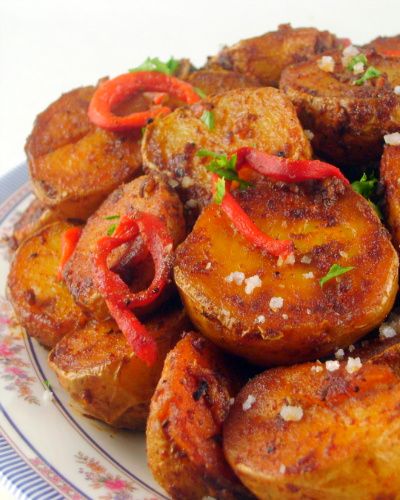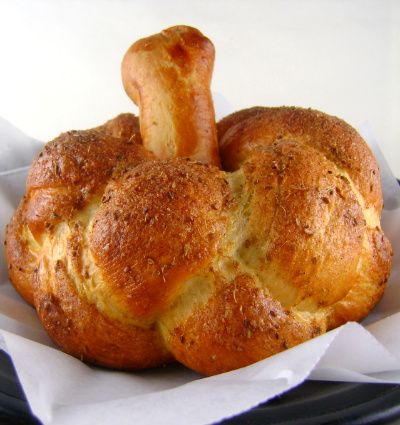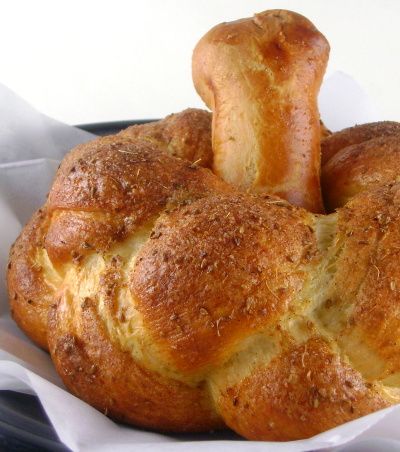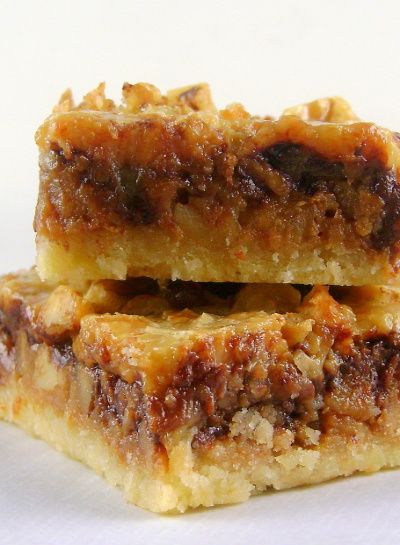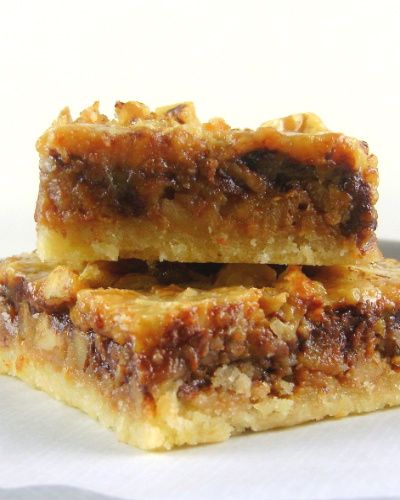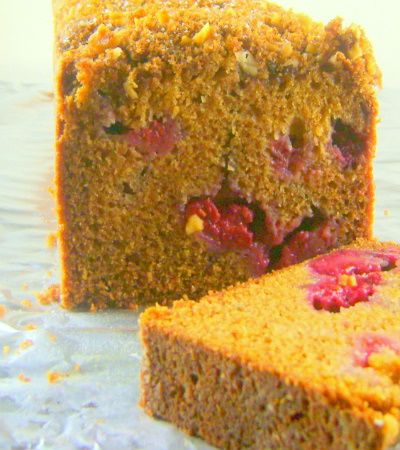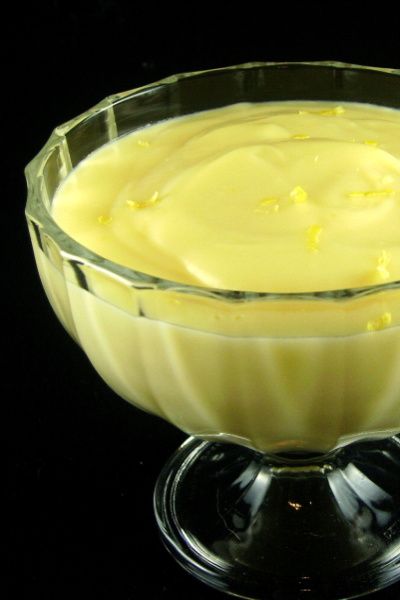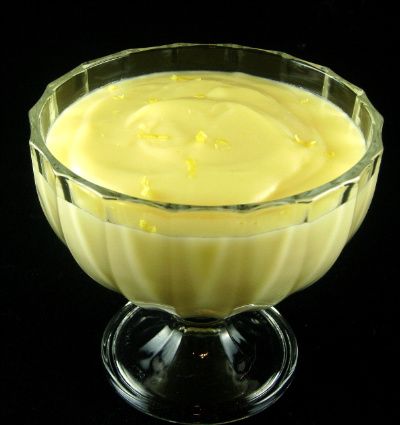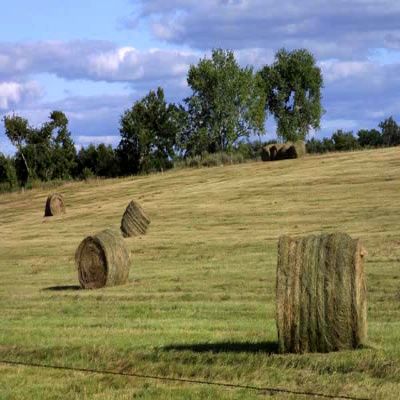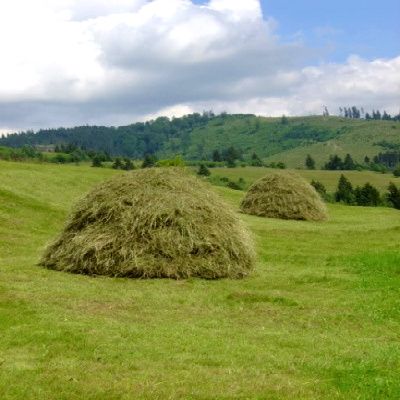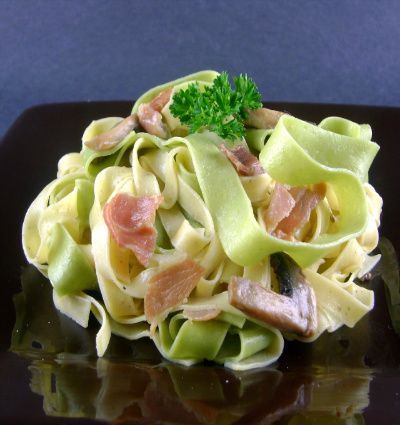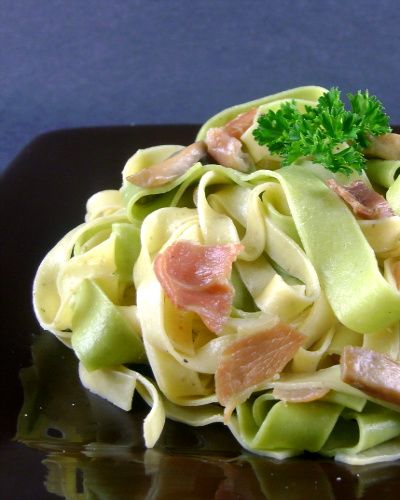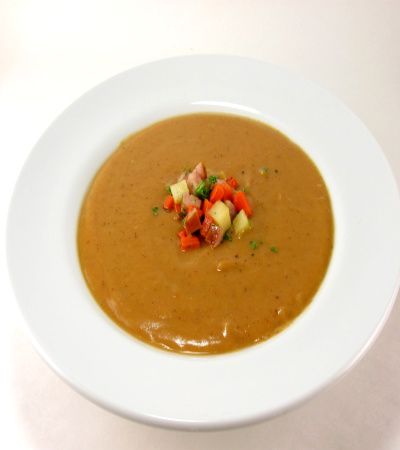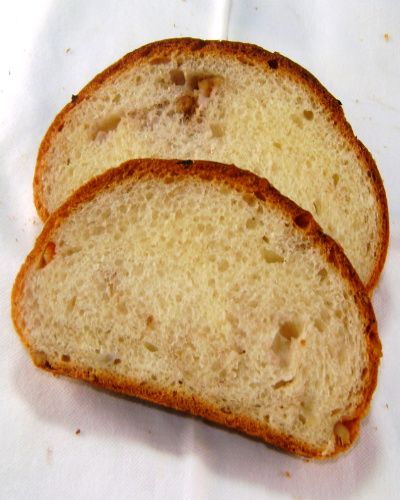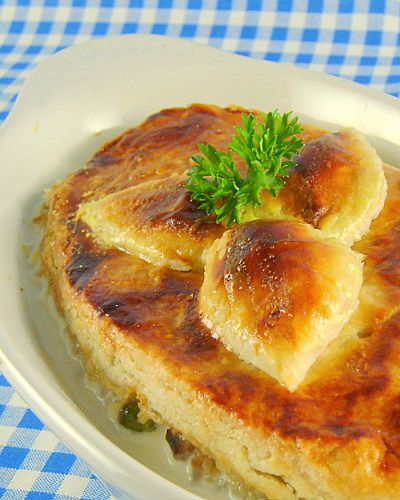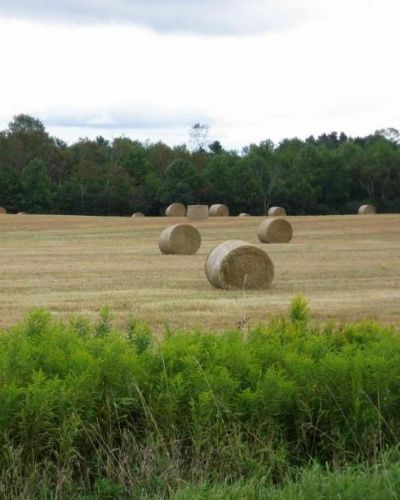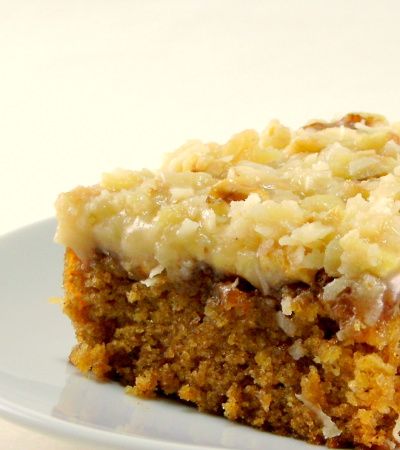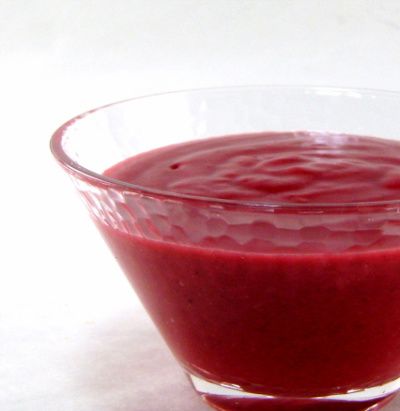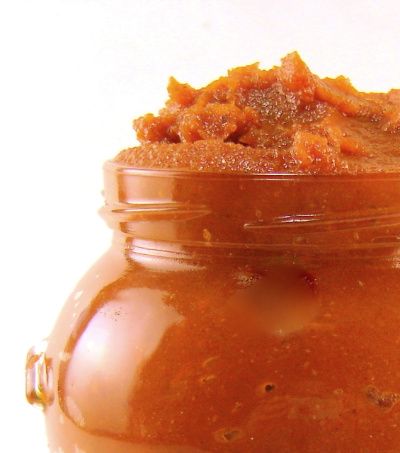
I need a secretary! I almost missed the deadline for the October Recipes to Rival Challenge. Fortunately, Sara, who selected this months recipe and blogs at imafoodblog, had selected a Thomas Keller recipe for French Onion Soup that, while time consuming, used readily available ingredients, that made participation possible despite a late start.
Our standard for French Onion Soup was set 50 years ago at a restaurant in the Cattlemen's Hotel in Kamloops, British Columbia. The town was a terminus for cattle drives and functioned as a stockyards for holding cattle before slaughter. We came into Kamloops after weeks of hiking in the high country and didn't expect much save a bed and warm bath. You didn't have to venture far from the center of town to encounter unpaved streets and sidewalks. We were really surprised at the quality and quantity of food that was served to us. The food was wonderful and the onion soup that was available with all meals was incredible. The stock used to make the soup was packed with beefy goodness. Without a doubt it was the best onion soup I have ever had. To this day, Bob sings "O, Canada" whenever we have onion soup. He is not shy, so this has been known to happen in restaurants as well as at our table. I'm sure that Thomas Keller would be surprised to learn he was bested by a line cook in a cowtown. Kamloops, by the way, is no longer a provincial hamlet and I can guarantee you the streets are now paved. The town wants to host the Olympic games and they have a really good chance of that happening. Kamloops we love you.
The Keller recipe for onion soup is terrific. It's just not up to the Kamloops standard. I followed this recipe as it was written. I made the stock for the soup and was able to purchase the cheeses he recommended. If you haven't yet found a recipe for onion soup that you call your own, this could be a contender. I'm including the Keller recipe for you to scan. While it's long, it is not hard and if you make stock the day before you plan to serve the soup, it will be nearly effortless. You could also use canned broth but be sure to select a low-sodium variety. Keller actually recommends that you use only water if you don't make your own stock.
Onion Soup - Soupe A L'Oignon
Ingredients for Soup:
Sachet:
2 bay leaves
12 black peppercorns
6 large sprigs of thyme
Soup:
8 pounds (about 8 large) yellow onions
8 tablespoons (4 ounces) unsalted butter
Kosher salt
1 1/2 teaspoons all purpose flour
3 1/2 quarts Beef Stock (recipe below)
Freshly ground black pepper
Sherry wine vinegar
Croutons:
1 baguette (about 2 1/2 inches in diameter)
Extra Virgin Olive Oil
Kosher salt
6 to 12 slices (1/8 inch thick) aged Comte or Emmentaler cheese (at least 4 inches square)
1 1/2 cups grated aged Comte or Emmentaler cheeses, or a combination of the two.
The more basic the soup, the more critical the details: Slice the onions uniformly and brown them very slowly and evenly; slice the bread a half inch thick and dry it completely in the oven; and serve the soup in appropriately sized bowls so that the melted cheese extends over the rim. When you hit it right, there's nothing more satisfying to cook or to eat than this soup.
It's worth reiterating the importance of cooking the onions slowly so that the natural sugars caramelize rather than brown through high heating sautéing. The onions cook for about five hours and need to be stirred often, but they can be made up to two days ahead. The soup is best if refrigerated for a day or two so that the flavors of the onion and beef broth can deepen.
Comte is traditionally the cheese of choice, but Emmentaler works as well. Gruyère is a bit strong. Use an aged cheese; a younger cheese would just melt and wouldn't form a crust.
FOR THE SACHET: Cut a piece of cheesecloth about 7 inches square. Place the bay leaves, peppercorns, and thyme in the center, bring up the edges, and tie with kitchen twine to form a sachet.
FOR THE SOUP: Cut off the tops and bottoms of the onions, then cut the onions lengthwise in half. Remove the peels and tough outer layers. Cut a V wedge in each one to remove the core and pull out any solid, flat pieces of onion running up from the core.
Lay an onion half cut side down on a cutting board with the root end toward you. Note that there are lines on the outside of the onion. Cutting on the lines (with the grain) rather than against them will help the onions soften. Holding the knife on an angle, almost parallel to the board, cut the onion lengthwise into 1/4 inch thick slices. Once you've cut past the center of the onion, the knife angle will become awkward: Flip the onion onto its side, toward the knife, and finish slicing it, again along the grain. Separate the slices of onion, trimming away any root sections that are still attached and holding the slices together. Repeat with the remaining onions. (You should have about 7 quarts of onions)
Melt the butter in a large heavy stockpot over medium heat. Add the onions and 1 tablespoon salt, reduce the heat to low. Cook, stirring every 15 minutes and regulating the heat to keep the mixture bubbling gently, for about 1 hour, or until the onions have wilted and released a lot of liquid. At this point, you can turn up the heat slightly to reduce the liquid, but it is important to continue to cook the onions slowly to develop maximum flavor and keep them from scorching. Continue to stir the onions every 15 minutes, being sure to scrape the bottom and get in the corners of the pot, for about 4 hours more, or until the onions are caramelized throughout and a rich deep brown. (my note - like a super deep brown, like way browner than you think they need to be. Think poop. Yes I said it.) Keep a closer eye on the onions toward the end of the cooking when the liquid has evaporated. Remove from the heat. (You will need 1 1/2 cups of onions for the soup; reserve any extra for another use. The onions can be made up to 2 days ahead and refrigerated.)
Transfer the caramelized onions to a 5 quart pot (if they've been refrigerated, reheat until hot.) Sift in the flour and cook over medium-high heat, stirring, for 2 to 3 minutes. Add the beef stock and sachet, bring to a simmer, and simmer for about 1 hour, or until the liquid is reduced to 2 1/2 quarts. Season to taste with salt, pepper, and a few drops of vinegar. Remove from the heat.
FOR THE CROUTONS: Preheat the broiler. Cut twelve 3/8 inch thick slices from the baguette (reserve the remainder for another use) and place on a baking sheet. Brush the bread lightly on both sides with olive oil and sprinkle lightly with salt. Place under the broiler and toast the first side until golden brown, then turn and brown the second side. Set aside and leave the broiler on.
TO COMPLETE: Return the soup to a simmer. Place six flameproof soup tureens, with about 1 1/2 cups capacity on a baking sheet to catch any spills (the soup will bubble up and over the tureens). Add the hot soup to the tureens, filling them within 1/2 inch of the tops. Top each serving with 2 croutons: Lay them on the surface - do not push them into the soup. Lay the slices of cheese over the croutons so that the cheese overlaps the edges of the tureens by about 1/2 inch, Scatter the grated cheese over the sliced cheese, filling in any areas where the sliced cheese is thiner, or it may melt into the soup rather than forming a crust.
Place the tureens under the broiler for a few minutes, until the cheese bubbles, browns, and forms a thick crust. Eat carefully, the soup and tureens will be very hot.
Okay now if you are feeling like a real challenge, you can make Keller's homemade beef stock as well. I have never made homemade beef stock before, and I think I may try this when I make the soup again, depending on how much time I have. If anyone has their own recipe for beef stock, use that by all means, and please share!
Ingredients for Beef Stock:
makes 3 1/2 quarts
We use this stock for onion soup and to add in combination with veal stock to beef stews. The bones are roasted first to give the stock a roasted flavor, then simmered with caramelized vegetables for a rich brown stock.
About 2 tablespoons canola oil
5 pounds meaty beef necks or leg bones, cut into 2-3 inch sections
2 small Spanish onions (about 8 ounces total), peeled
1/2 teaspoon Kosher salt
3 ounces (1 large) carrot, peeled and cut into 4 pieces
3 ounces (1 large) leek, roots trimmed, split lengthwise, rinsed well, and cut into 2 inch pieces, or leek tops
1 large sprig of thyme
1 large sprig of Italian parsley
3 bay leaves
1/4 teaspoons black peppercorns
1 head garlic, cut horizontally in half (reserve half for another use)
Preheat the oven to 475F. Place a large roasting pan in the oven to preheat for about 10 minutes.
Add 1 tablespoon of the oil tot he hot roasting pan and distribute the beef bones in a single layer. Roast the bones for about 45 minutes, or until richly browned, turning each piece only after it is well browned on the bottom side.
Meanwhile, cut 1 onion crosswise in half. Heat a small heavy skillet over medium-high heat for 2-3 minutes. Place 1 onion half cut side down to one side of the skillet so that it is not over direct heat and let it brown and char black, about 30 minutes. This will add color to the stock, set aside.
Remove the roasting pan of bones from the oven and reduce the oven temperature to 400F. Transfer bones to a large colander set over a baking sheet to drain.
Drain the fat from the roasting pan and discard. Add about 1 cup water to the pan, place over medium heat, and use a metal spatula to scrape the bottom of the pan and release the pan juices. Let them simmer until reduced by half. Add the resulting fond to a large deep stockpot.
Transfer the bones to the stockpot and add about 5 quarts cold water - just enough to cover the bones. Any fat present in the juices will rose to the top when the cold water is added; use a skimmer to remove and discard the fat. Add the charred onion half and the salt. Place over medium heat and bring to a simmer, skimming as impurities rise to the top of the stockpot. Reduce the heat and simmer gently, skimming often, for 5 hours. If the level of liquid falls below the bones, add additional water.
Meanwhile, cut the remaining whole onion into quarters and cut the remaining onion half in half again. Place the onions, carrots, and leeks in a roasting pan that will hold them in a single layer, toss with the remaining 1 tablespoon canola oil, and place in the oven to roast for 20 minutes.
Remove from the oven and stir, then roast for an additional 20 minutes or until the vegetables are richly caramelized. Set aside.
After the stock has simmered for 5 hours, add the caramelized vegetables, herbs, peppercorns, and garlic and simmer for 1 hour longer. Turn off the heat and allow the stock to rest for 10 minutes.
Prepare an ice bath. Place a strainer over a large bowl. Removing the bones or pouring out the liquid through the bones would cloud the stock. Instead, carefully ladle the stock out of the pot and pass it through the strainer, tilting the pot as necessary to get all the stock. Strain a second time through a chinois or fine mesh strainer lines with a dampened cheese cloth.
Measure the stock. If you have more than 3 1/2 quarts, pour it into a saucepan and reduce to 3 1/2 quarts. Strain the stock into a container and cool in the ice bath, stirring occasionally. (Store the stock in the refrigerator for up to 3 days, or freeze in several containers for longer storage.)
NOTE: If the stock will be refrigerated for longer than 3 days, bring it back to a boil after 3 days, cool it, and return it to the refrigerator.


